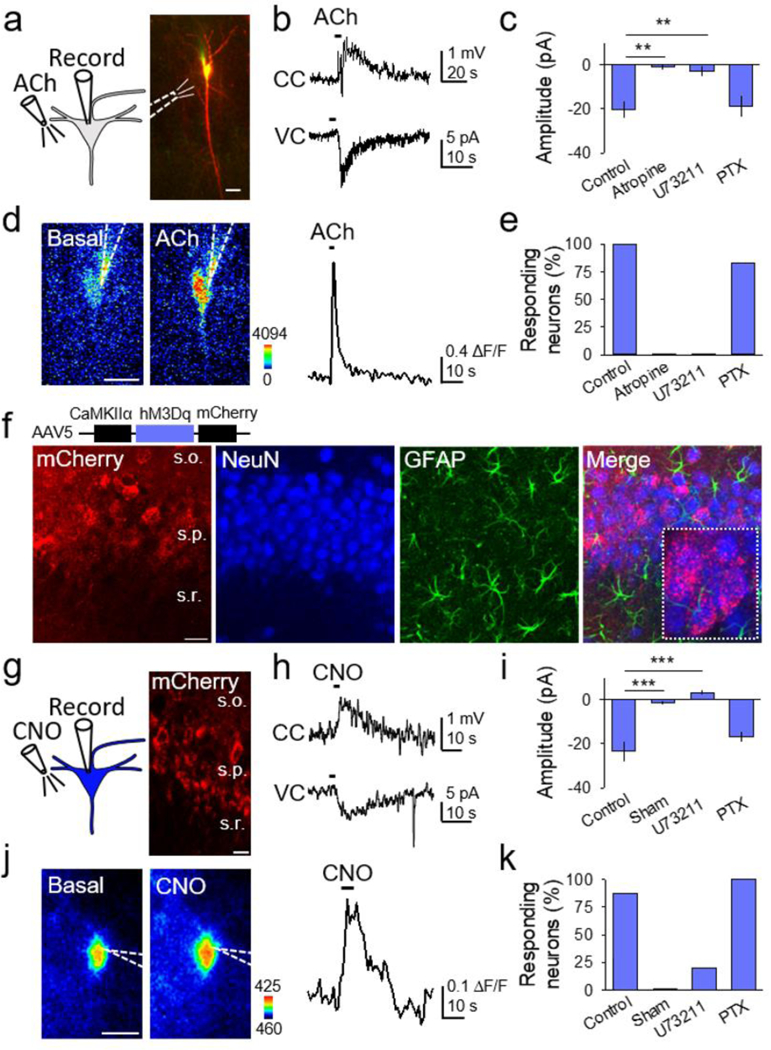Figure 1. Gq signaling induces neuronal activation.

(A) Scheme of neuronal Gq GPCR activation by ACh, and TexasRed and Fluo4-filled CA1 neuron (scale bar, 20µm). (B) Representative traces showing effects of local ACh application in current clamp (CC) and voltage clamp (VC). (C) ACh-induced current amplitude in different conditions (Kruskal-Wallis One-way ANOVA, p < 0.001). (D) Pseudocolor Fluo4 fluorescence images before and after ACh application in the neuron depicted in (A) (scale bar, 20µm), and corresponding fluorescent Ca2+ trace. (E) Percentage of neurons that responded with a Ca2+ increase to ACh in different conditions. (F) Immunohistochemical images of hippocampus injected with AAV5-CaMKIIα-hM3Dq-mCherry. From left to right: mCherry, NeuN, GFAP and merge (scale bar, 25 μm; s.o., stratum oriens; s.p., stratum pyramidale; s.r., stratum radiatum). (G) Scheme of neuronal chemogenetic GqDREADD activation and image showing mCherry-expressing CA1 neurons (scale bar, 15 µm). (H) Representative traces showing effects of local CNO application in CC and VC. (I) CNO-induced current amplitude in different conditions (Kruskal-Wallis One-way ANOVA, p < 0.001). (J) Pseudocolor Fluo4 fluorescence image before and after CNO application (scale bar, 10µm), and corresponding fluorescent Ca2+ trace. (K) Percentage of neurons that responded with a Ca2+ increase to CNO in different conditions. Data are represented as mean ± SEM. P < 0.01 (**), and P < 0.001 (***).
